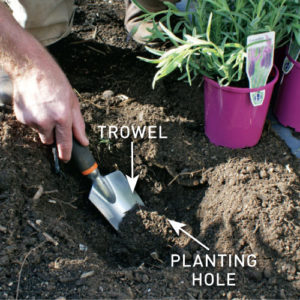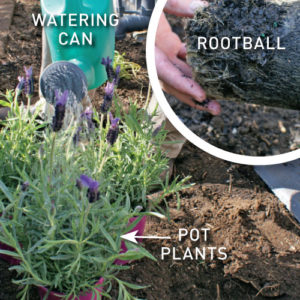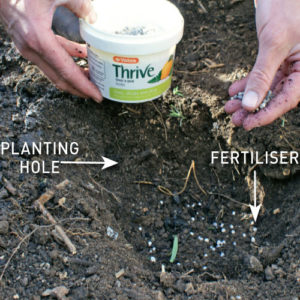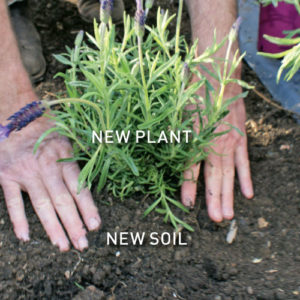How To Buy Healthy Plants

Head to the nursery with the know-how to pick the healthiest plants and get your garden growing.
Spring is in the air and most of us are keen to get growing and pop a few plants in the ground.
But it’s disappointing to bring home an armful of pot plants only to have them curl up and die a week after getting them in the ground.
The problem could have started at the nursery. Most treat their potted plants with care, but some may get overlooked and become unhealthy.
Big isn’t best
It’s tempting to buy the tallest or biggest plant, but equating size with potential can be a waste of money.
The same applies to those bursting with blooms. A better option is to go for tight, compact growth with buds and avoid any plants in fruit.
Look for a weed-free, sturdy young plant with lots of new shoots and buds, and a healthy root system that will flourish.
Don’t buy one that’s twice the size now, as it may end up spare, feeble and gaunt. If you give a sturdy young plant a good start, it will soon thrive.
This advice applies to climbers as well, because while the plant with the longest stems could end up producing the most vigorous growth, it equally may not.
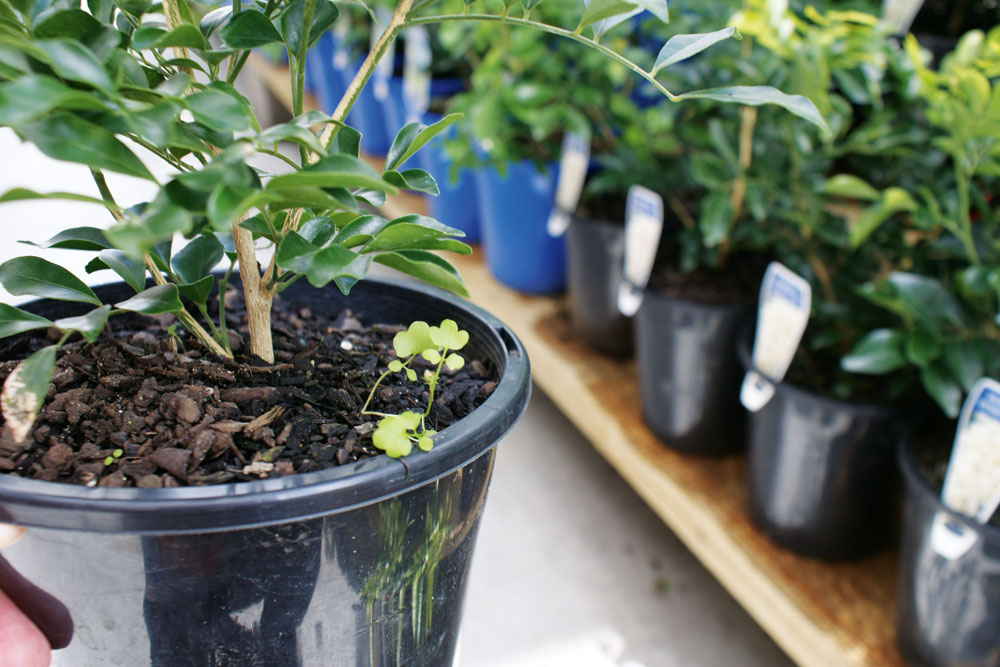
Look for hardy plants that are weed-free
Avoiding pests and diseases
When buying from a nursery or garden centre, it’s unlikely you will encounter many plant problems.
At other outlets, unless you check that a plant has a clean bill of health, you risk buying an ailing specimen and spreading pests and diseases around your garden.
To check for signs of pests, hold the plant up to the light and examine both sides of the leaves and the stems, particularly the new growth.
Black deposits on the leaves indicate fungi growing on the excreta of sap-sucking insects, so look for aphids. Discoloured leaves may be due to nutrient deficiency or another disease.
The best way to test for vine weevils in the soil is to give the stem a gentle pull. If the roots are being eaten, the plant will easily come away from the soil.

Vine weevil larvae. Image: Getty Images
Checklist
When you’re searching for the right plant for that empty spot in your garden, look for these signs and symptoms. If you have any concerns, talk to the nursery staff.
Read the label
Only buy plants suited to the planting site. You don’t want a bougainvillea against a south-facing wall, as it won’t flower. And a clivia planted in full sun will get leaf burn and flower poorly.
TIP If the soil is too acidic, dig over the garden bed and add lime or dolomite to raise the pH level.
Inspect the roots
Lift up the pot and look underneath it. If roots are growing through the drainage holes, the plant could be root-bound.
When it is planted out, the roots grow in circles around the rootball rather than spreading out.
This eventually leads to the death of the plant, as it can’t take up enough air, water and nutrients.
If you buy a root-bound plant, tease out the roots before planting.
TIP Watch for problems such as root rot, caused by overwatering.
Measure the soil level
If the plant is potted very high in the pot, the water will flow over the side when it is watered, resulting in dry, stressed plants. The soil should stop about 25mm below the pot’s edge.
Look for growth
If an established plant shows poor growth there’s a good reason for it, so make sure it isn’t stunted.
It may come from weak stock, so it will probably never amount to much, or it may have been badly neglected.
The fact that it has been well watered on the day you see it doesn’t mean it hadn’t gone without a drink for days beforehand, or that it hadn’t been lying on its side in a shady corner.
Don’t buy until you’ve found a healthier, more vigorous specimen.
Do a health check
Look for signs of neglect, such as green foliage that is yellowing, leaves with brittle tips or petals collecting in the potting mix.
Any of these symptoms indicate the plant has been stressed and it is best avoided. It may have suffered from too little water, not enough nutrition or another type of neglect.
Also look out for weeds, as apart from being a sign of poor care, you don’t want them catching a ride home with you and spreading to other pots and garden beds.

To avoid a costly mistake look for lots of healthy buds not stem growth
Planting in the garden
Growing from seed is rewarding, but for an instant seasonal garden bed, transplant potted specimens from the nursery.
